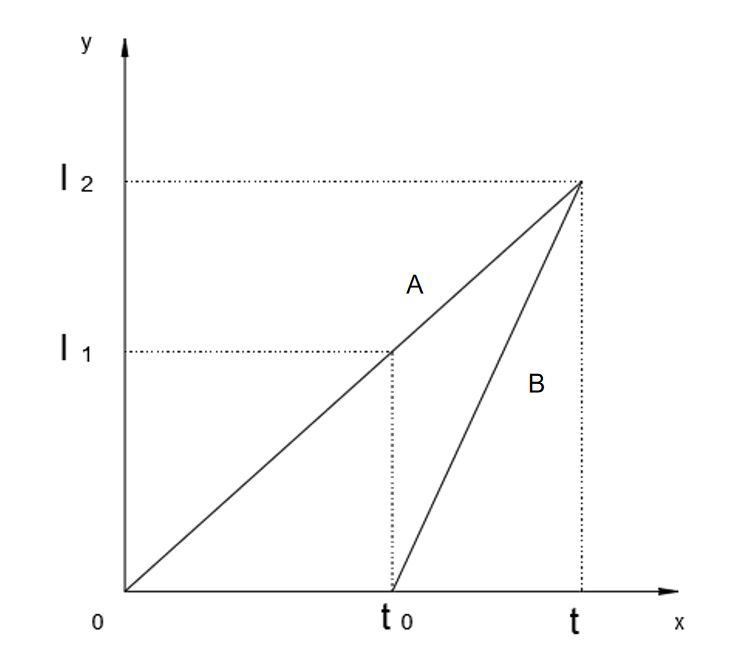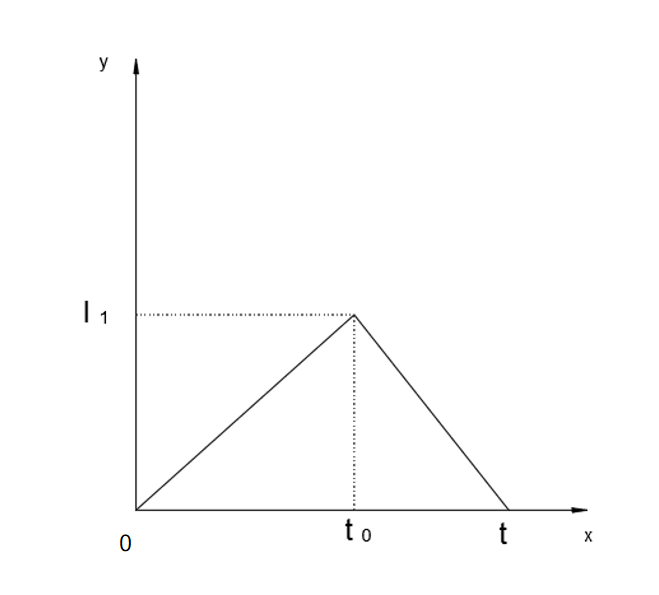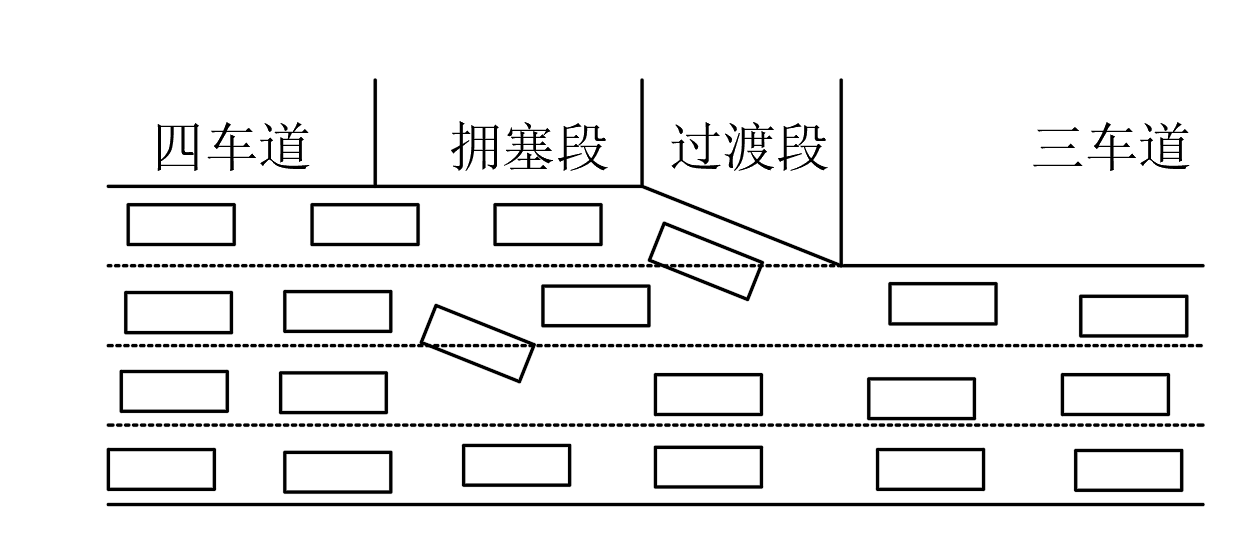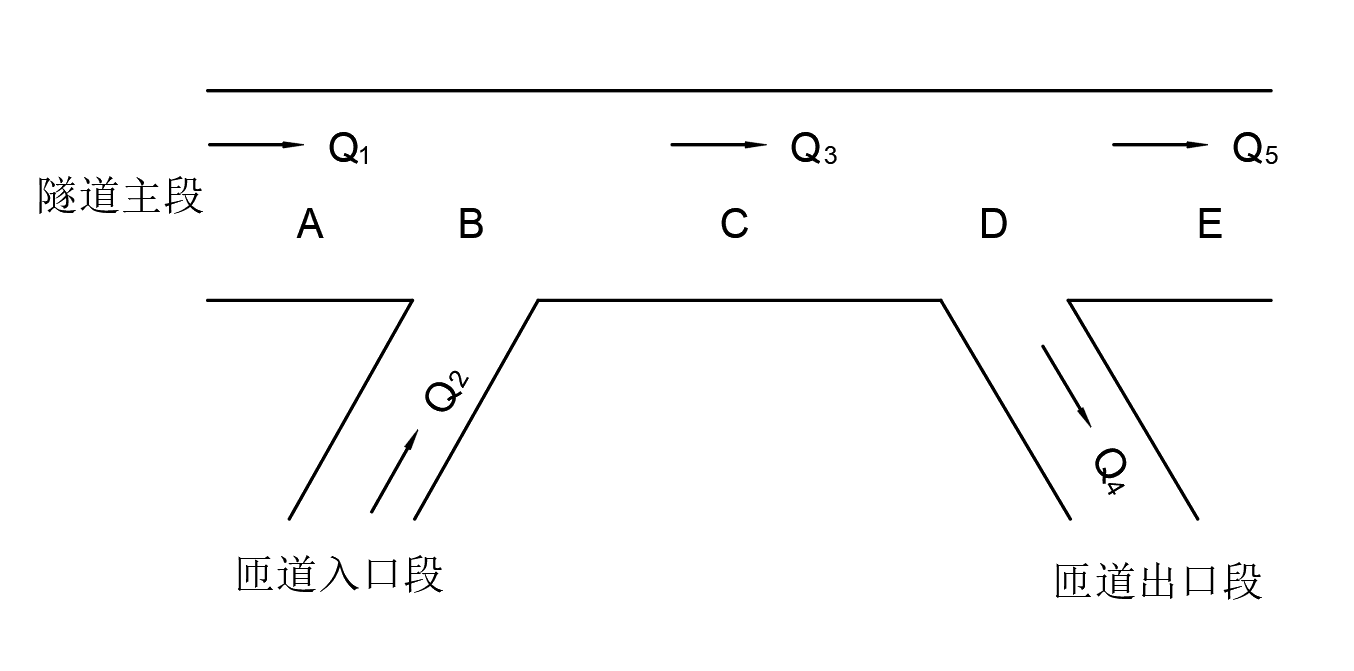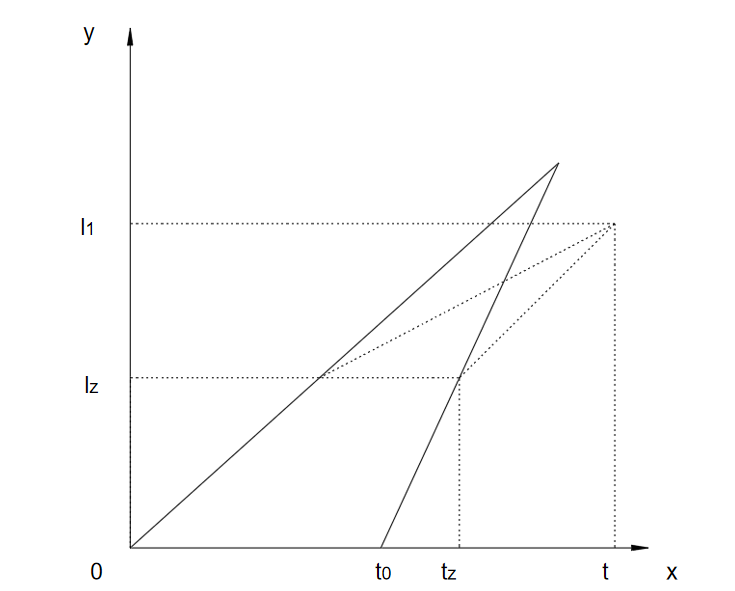城市隧道事故的时空影响范围研究毕业论文
2020-04-22 19:34:40
摘 要
城市隧道不但是公路隧道的一种,同时也是城市道路的重要组成部分。随着城市的不断扩张,对城市交通的需求不断增大,城市隧道也随之被大量修建。但是因为近些年城市隧道内交通事故多发,严重影响了城市交通的正常运行,所以对城市隧道事故的影响研究也变得越发重要。本文首先会通过分析不同道路环境下影响道路正常通行、拥堵与消散的状况,得到能过作为影响城市隧道事故拥堵与消散的主要因素。接着根据传统的交通波动理论建立交通流模型,经结合城市隧道因素的综合影响,得到可以用于对城市隧道事故影响范围预测的模型与计算方式。最后将会通过误差分析来对评估整个模型的实用性。
关键词:城市隧道 交通事故 交通波动理论 交通波模型 拥堵消散
Study on the Temporal and Spatial Influence Range of Urban Tunnel Accidents
Abstract
City tunnel is not only a kind of highway tunnel, but also an important part of city road.With the continuous expansion of the city, the demand for urban transportation is increasing, and urban tunnels are also built in large Numbers. However, due to the frequent traffic accidents in urban tunnels in recent years, which have seriously affected the normal operation of urban traffic, the study on the impact of urban tunnel accidents has become increasingly important. Firstly, this paper analyzes the conditions that affect the normal traffic, congestion and dissipation of roads under different road environments, and obtains the main factors that affect the congestion and dissipation of urban tunnel accidents. Then, according to the traditional traffic wave theory, the traffic flow model is established, and combined with the comprehensive influence of urban tunnel factors, the model and calculation method that can be used to predict the impact range of urban tunnel accidents are obtained. Finally, the practicability of the whole model will be evaluated through error analysis.
Key words: Urban tunnel; Traffic accidents;Traffic fluction theory; Traffic wave model; Congestion dissipation
目 录
摘要 I
Abstract II
第一章 绪论 1
1.1 研究背景和研究意义 1
1.2 国内外研究现状及评述 1
1.2.1 国外研究现状 1
1.2.2 国外研究现状 1
1.2.3 国内外研究现状评述 3
1.3 论文的研究内容和研究方法 4
1.4 技术路线 5
第二章 城市隧道事故特征分析 6
2.1 城市道路通行与事故拥堵 6
2.1.1 城市道路快速通行 6
2.1.2 城市道路事故与拥堵 6
2.2 隧道通行与事故拥堵 7
2.2.1 隧道快速通行 7
2.2.2 隧道事故与拥堵 8
2.3 高速公路通行与事故拥堵 9
2.4 城市隧道拥堵消散的影响因素分析 9
第三章 建立城市隧道交通事故交通波模型 11
3.1 建立传统交通波模型 11
3.1.1 设定模型适用环境 11
3.1.2 建立距离与时间的关系模型 12
3.1.3 传统模型条件下的影响范围计算 14
3.2 车型比例影响 16
3.2.1 通行能力 16
3.2.2 车型比例作用于交通流模型 17
3.3 匝道影响 18
3.3.1 判断匝道是否存在影响 18
3.3.2 参数选择与设定 20
3.3.3 匝道影响的分析计算 21
3.4 信号控制影响 24
3.4.1 信号控制作用时间差 24
3.4.2 信号控制反应时间点设置 25
3.4.3 信号控制影响作用于模型 26
3.5 综合影响与计算流程 27
3.5.1 综合分析 27
3.5.2 计算流程 29
第四章 误差分析 30
4.1 误差因素分析 30
4.1.1 启动波和停止波 30
4.1.2 排队中的车辆行驶 30
4.1.3 信号控制反应 30
4.1.4 连续波与间断波 30
4.1.5 过渡段车速 30
4.2 误差影响分析 31
第五章 总结与展望 32
5.1 总结 32
5.2 展望 32
参考文献 33
致谢 35
第一章 绪论
1.1 研究背景和研究意义
从上个世纪60年代上海第一条水底隧道投入运行,到目前南京玄武湖隧道,外滩观光隧道等陆续建设完工并投入运营,城市隧道工程呈现大量涌现的态势。但是由于我国是个地形比较复杂的国家,加之随着经济不断增长,公路交通也随之快速发展,对于交通行驶的时间、便捷等需求不断提高,从而也导致了对城市隧道的需求不断增大,使得我国成为了世界上隧道拥有量、复杂性、发展速度首屈一指的国家[1]。
我国隧道的快速发展同样也导致了隧道行驶的复杂性,严重影响了隧道行驶安全,使得已经成为城市道路交通事故中的主要发生区域,严重影响了城市道路的正常运行,而且城市隧道交通事故具有以下非常突出的特点:事故影响程度大、难以处理、易发生二次事故[2],城市隧道事故波及范围不仅仅在隧道内,甚至会影响到附近交叉口[3]。由于城市隧道交通事故多发,危害程度较大,并且事故难以处理,疏散措施难以实行,这种状况严重影响了城市交通,严重制约着城市发展和经济发展,所以对城市隧道事故的影响范围研究变得日趋重要。
相关图片展示:

